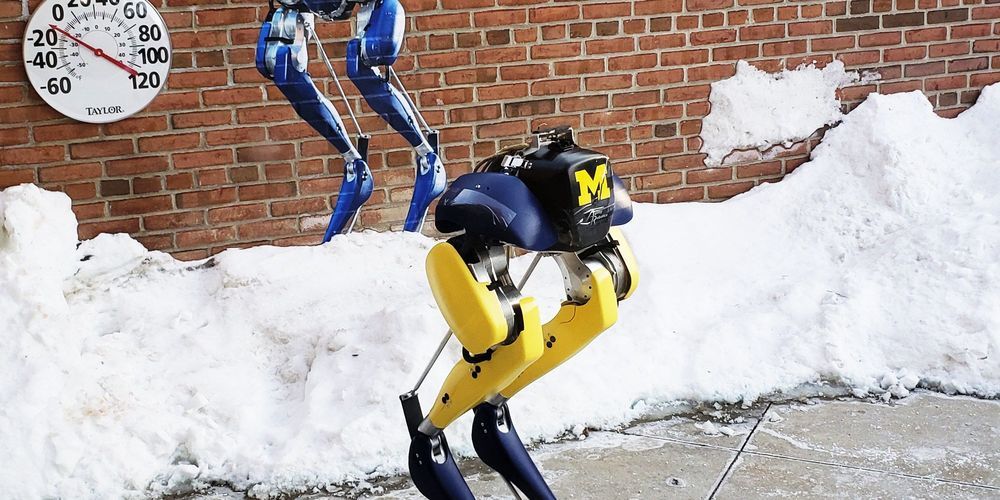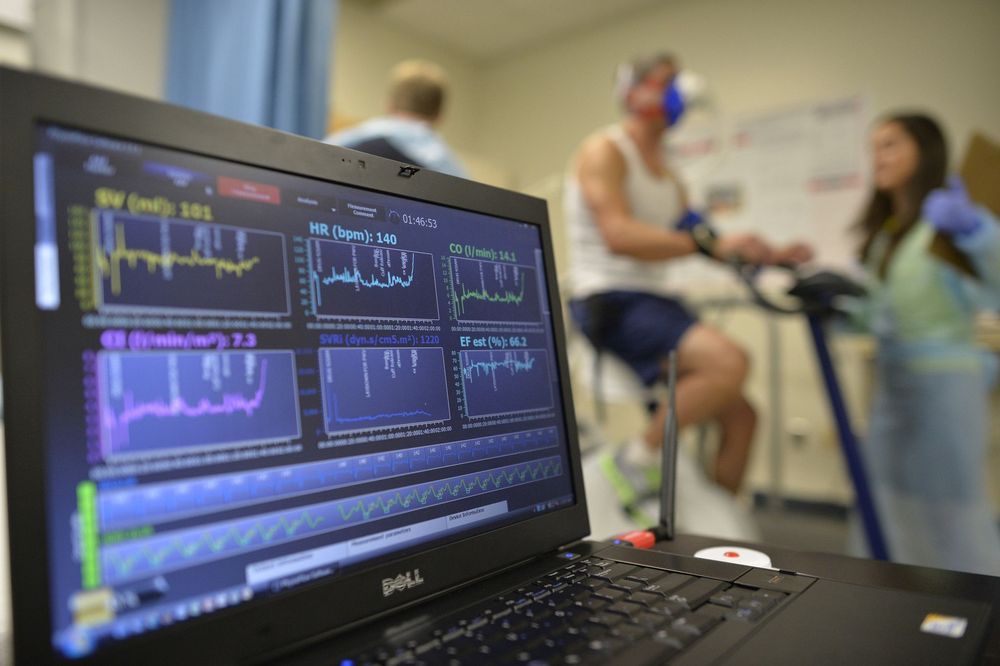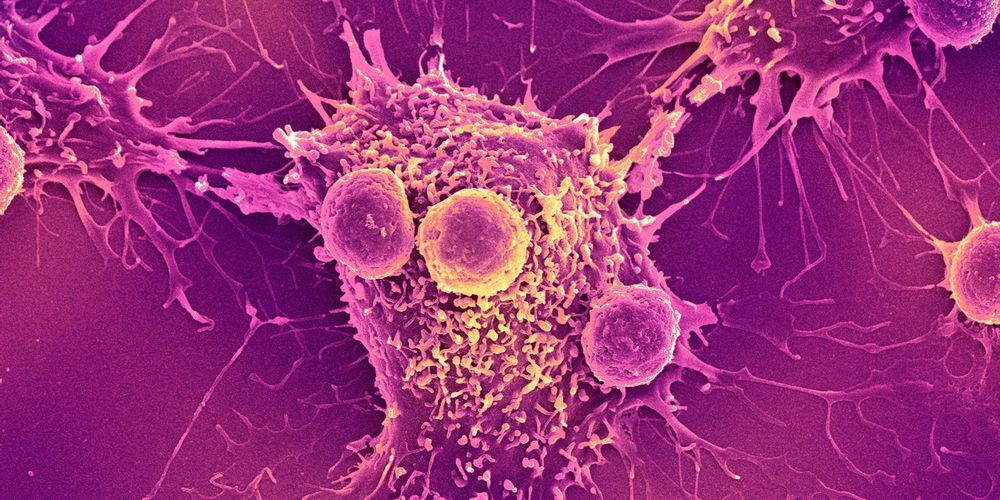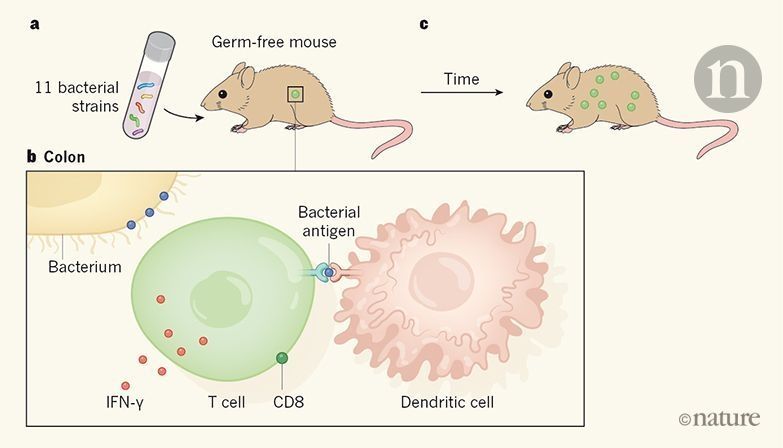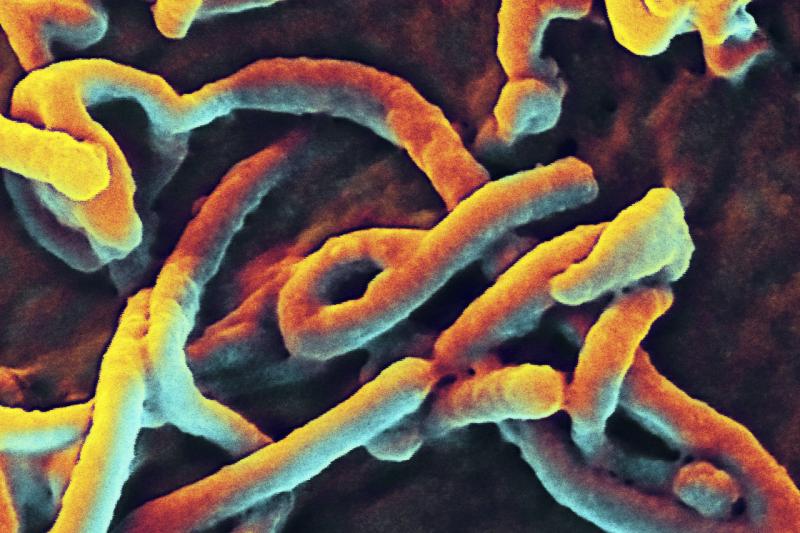As your body ages, increasing amounts of your cells enter into a state of senescence. Senescent cells do not divide or support the tissues of which they are part; instead, they emit a range of potentially harmful chemical signals that encourage nearby cells to enter the same senescent state.
Their presence causes many problems: they degrade tissue function, increase levels of chronic inflammation, and can even eventually raise the risk of cancer. Today, we will talk about what senescent cells are, how they contribute to age-related diseases, and, perhaps most importantly, what science is hoping to do about the problem.

